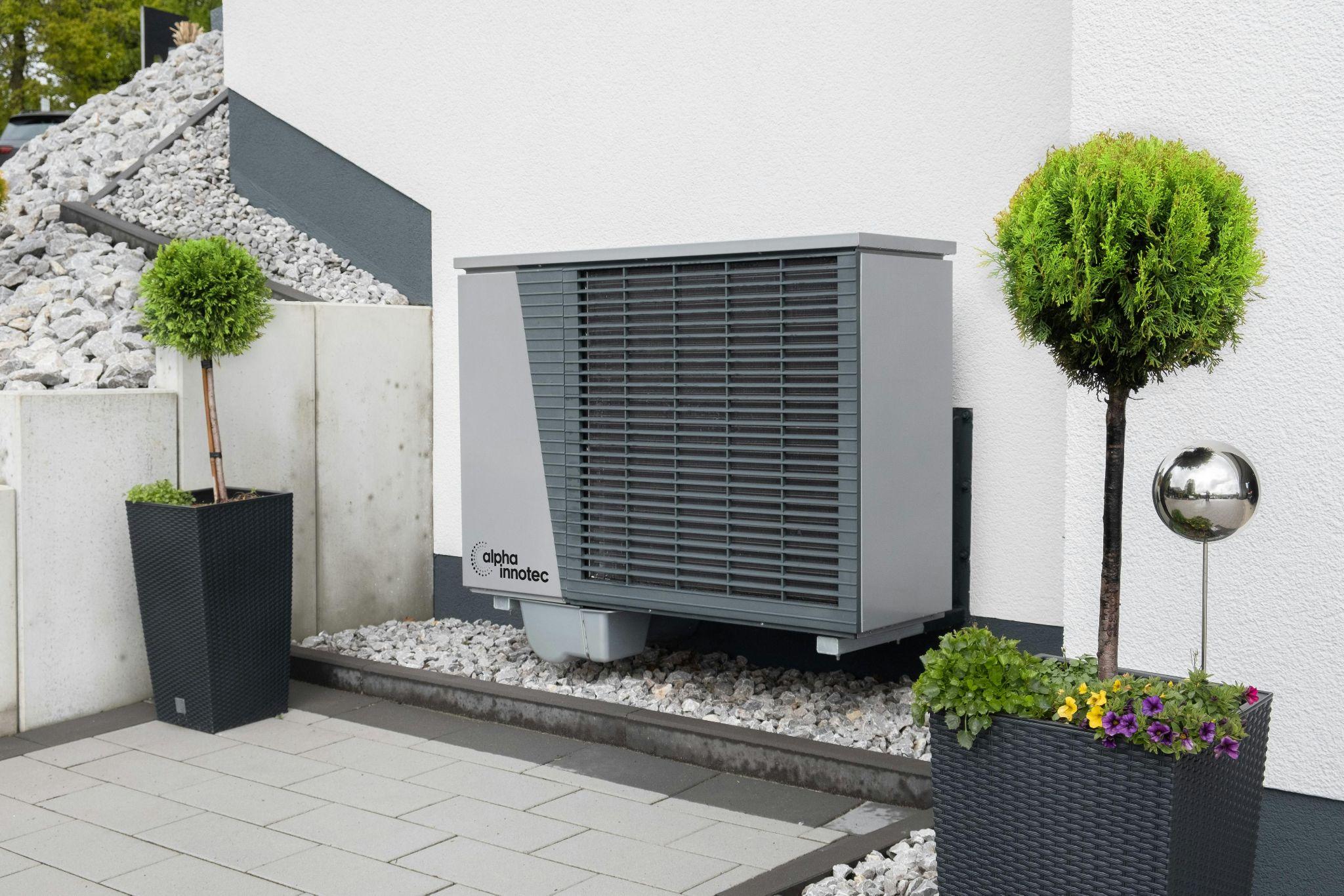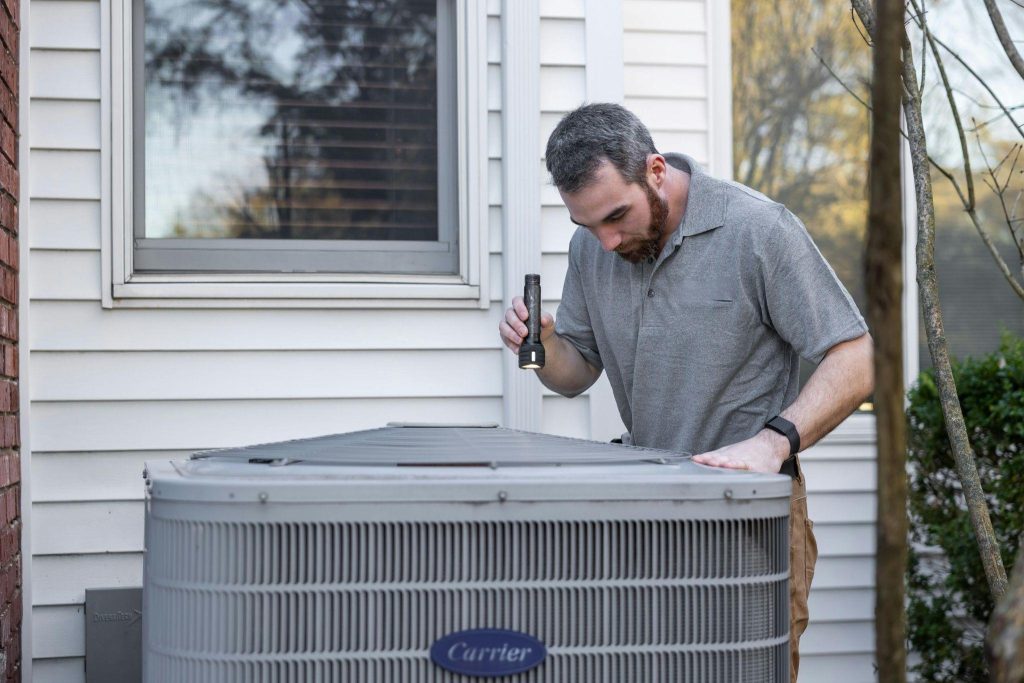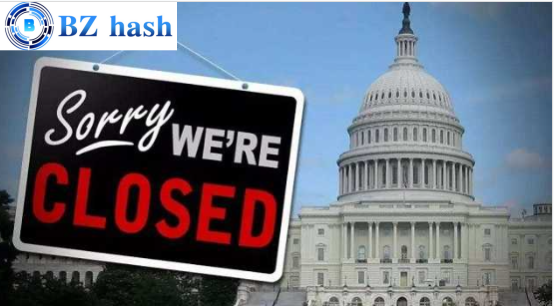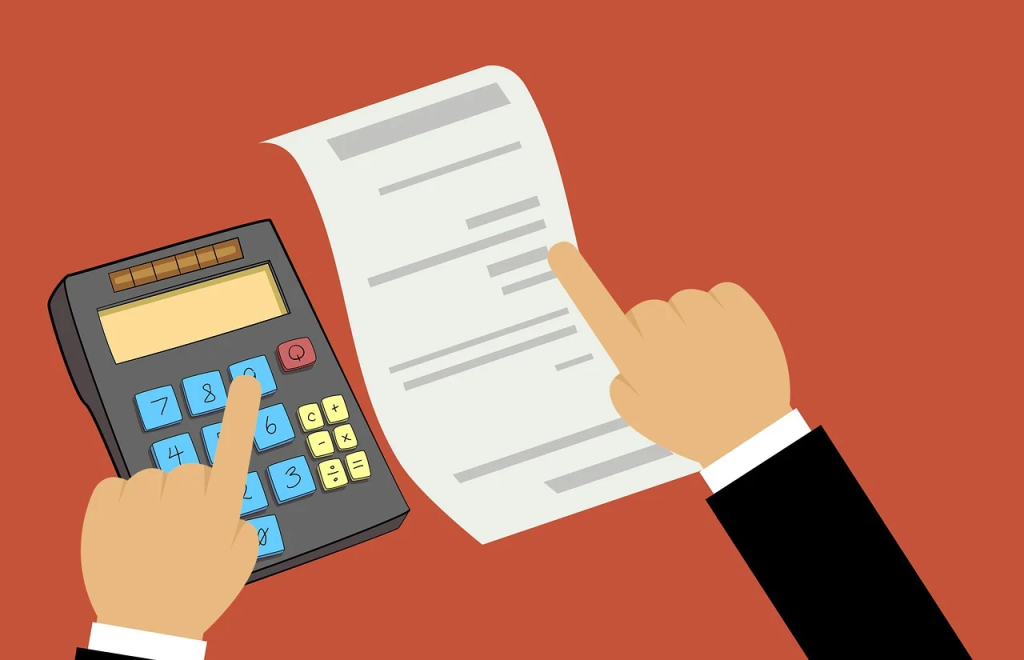Every homeowner at some point in time has asked this question: Is this just a tough time for my AC, or has it quietly given up on me? The signs can be frightening, no question-but not every scenario spells the end. Sometimes, it just needs a little tender loving care – an adjustment, a cleaning, in other words, a visit from Comfort Monster Heating & Air!
Before jumping into the worst scenario, let’s explore some factual ways to determine what exactly is going on before taking necessary actions.
Examine Its Age And History
A lot can be told about where your HVAC systems are headed by the state they were in when you bought them. That 3-year-old system with a quirky thermostat is in an entirely different situation from the 15-year-old unit that’s been patched together season after season. Sometimes it’s not their age but neglect that brings a young unit to its knees.
Most individuals in the industry adhere to a straightforward “rule of thumb”:
- If your system is 10 to 15 years old, with multiple repairs, you can expect to have to get a whole new HVAC replacement.
- If it is less than 10 years old, you tend to think it could possibly be worth fixing before you start to stress.
Tracking repair work, configuration, and maintenance activities can make such decisions more analytical and less emotional. The goal isn’t to warn of some pending doomsday scenario-but rather, to find the trends before it becomes one.
How the System Feels in Daily Use
Technicalities aside, how does your current system feel? An inefficient HVAC system isn’t the kind that keeps malfunctioning in silence. It most likely creaks, squeaks, wheezes, or even requires frequent settings in your thermostat just to make the temperature decent.
Some early signs include:
- A sudden need to turn up the heat or AC just to feel something.
- New sounds from vents, outdoors, or inside the equipment that are unexplained.
- Hot and cold spots in the house
- On/off cycles of the system are more frequent than before.
This is not always a failure; rather, it can just be airflow or small electrical issues, or it may just be wear and tear that can easily be repaired when it comes to the HVAC equipment. The problem is if the pattern keeps occurring. Old equipment has issues from time to time, while failing equipment has issues every day.
Check Energy Behavior
Check your energy bills next. Are your rates rising unexpectedly? Have your heating and cooling cycles become longer than they were in the past? This indicates that your system is not functioning as efficiently as it ought to be.
A few things to ask yourself:
- Has your energy bill increased, even when your consumption has not changed?
- Are your bills spiking wildly in the peak seasons?
- Is it prone to encountering temperature variations in harsh environments?
In certain cases, a thorough cleaning, duct sealing, or properly maintained thermostat will fix the issue. Other times, it could be an appliance using more energy just to accomplish less work, which could be the first sign of a failure.
Air Quality & Comfort Changes
Sometimes, one might overlook the fact that the role of the HVAC is not only concerned with cooling and warming but is also concerned with air quality. An unclean, stale, damp, or dry environment within one’s residence could very well signify poor function on the part of this system.
Further indicators include allergens, odor while cooking, and an overall sense that the air is not fresh. This may be due to a clogged filter, an aging blower, poor ventilation, or other failing components.
When Repair Stops Making Sense
Every homeowner reaches a point where spending to repair something becomes tantamount to throwing money into a bottomless pit. There’s no greater feeling of frustration than having something fixed just so that the next month, another thing fails.
There’s a proverb in the trade that is known as the “$5,000 Rule”:
- Multiply the age of your unit by the cost of a recommended repair.
- If the cost exceeds $5,000, replacing it may be the wiser long-term decision.
For example:
A $900 fix on a 13-year-old system costs $11,700. That’s not a very smart investment. Compared to a similar $900 fix on a 6-year-old body, it looks like a smart decision.
These are also the times when the owners tend to start inquiring about HVAC repair services as well as estimates for replacement, if for no other reason than to end the guessing.
Simple Self-Checks Before Deciding
There are a couple of things you can verify yourself before you call for assistance. A lot of individuals pay someone to come out to fix a problem that could have been solved without an extra charge.
Things to quickly check before calling out someone:
- Make sure that your thermostat is properly set and functioning correctly.
- Investigate circuit panels and electric switches.
- Clean/Replace the Air Filter
- Make sure that there are no obstructions in the vents and return air vents.
- Ensure that nothing is obstructing the external unit.
These small actions themselves wouldn’t remedy a faulty system, but they can play their part in stopping a situation where no one goes into meltdown over something easily resolved. And it usually helps facilitate the conversation with the expert.
In Conclusion

The difference between a tired HVAC unit and a failing one isn’t always clear-cut at first. The tired one will still work, but just needs help. The one that is failing will work against you all the way, consume your energy, and not keep your house temperature as you desire. What were the signs you noticed before you realized your system was breaking down? Leave your thoughts in the comments below!




















